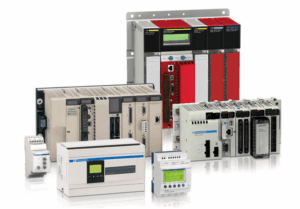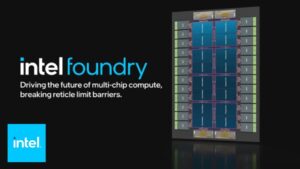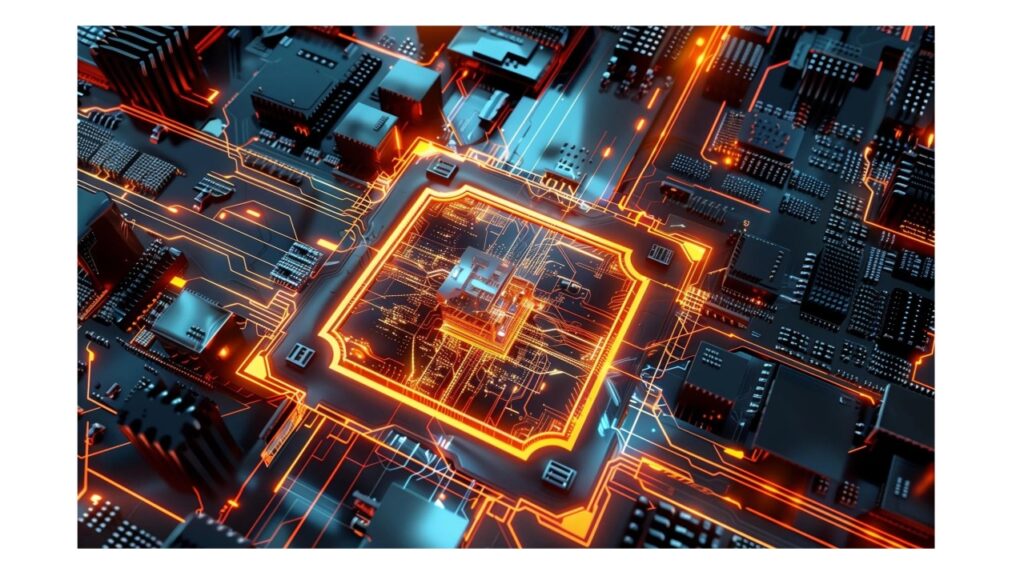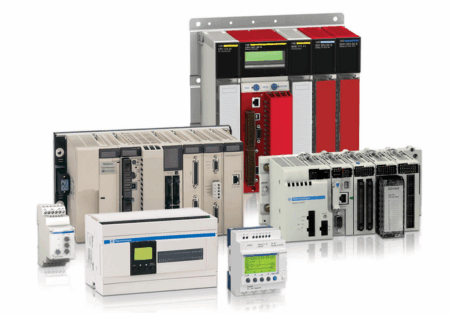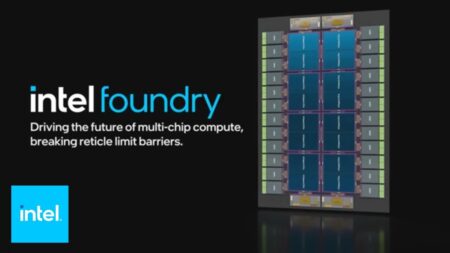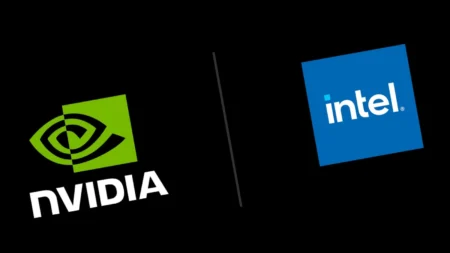Photonic chips are rapidly becoming the cornerstone of next-generation technologies, enabling faster, more energy-efficient computing and communications systems. These chips leverage the principles of photonics—the study of light—over traditional electronics to process information. With the rise of photonic chips, industries ranging from telecommunications to artificial intelligence (AI) to quantum computing are on the cusp of a major transformation. But what exactly are photonic chips, and why is the world so excited about their potential?
What are Photonic Chips?
A photonic chip, at its core, is a type of integrated circuit (IC) that uses light (photons) instead of electrical signals (electrons) to process information. Photons, which travel at the speed of light, can carry far more data over longer distances and with much less energy loss compared to electrons. By harnessing the power of light, these chips enable ultra-fast, ultra-efficient data processing and communication.
Unlike conventional silicon-based chips, which rely on electrical signals for data transmission and processing, photonic chips utilize various optical components—such as waveguides, modulators, and photodetectors—to manipulate and control light. This shift offers immense advantages in terms of speed, bandwidth, and energy consumption.
The Technological Benefits of Photonic Chips
- Speed and Bandwidth
One of the most significant advantages of photonic chips is their ability to process and transmit information at the speed of light. While traditional electronic chips face limitations in terms of speed due to the finite velocity of electrical signals through conductors, photonic chips can bypass these restrictions by using light, which moves exponentially faster. Furthermore, the bandwidth potential of photonic chips is vastly superior to that of electronic chips. In practical terms, this means that photonic chips can handle far more data simultaneously, making them ideal for applications in high-performance computing, telecommunications, and cloud-based infrastructure. - Energy Efficiency
As the demand for computational power grows, the energy consumption of traditional electronic chips has become a major concern. Photonic chips address this challenge by offering a more energy-efficient way to process data. Because photons do not encounter the same resistance or power dissipation as electrons in traditional circuits, photonic chips can operate at lower power levels while maintaining high throughput. This energy efficiency is especially critical as the world moves toward sustainable technologies. Photonic chips could significantly reduce the environmental impact of large-scale data centers, which currently consume vast amounts of electricity. - Scalability
Photonic chips also have a remarkable advantage in terms of scalability. As the demand for data and computational power increases, the ability to scale up processing capabilities is crucial. Photonic chips allow for dense integration of optical components, which means that they can be manufactured to handle much more data in a smaller footprint compared to traditional electronic chips. Moreover, photonic systems can be more easily interconnected to form massive networks, further enhancing their scalability. This is particularly beneficial for applications in cloud computing, AI, and Internet of Things (IoT) devices, where high bandwidth and low latency are essential.
Key Applications of Photonic Chip
- Telecommunications and Data Centers
Photonic chips are poised to revolutionize the telecommunications industry by drastically improving the speed and efficiency of data transmission. In the context of optical fiber networks, photonic chips can be used to boost signal processing capabilities, allowing for faster and more reliable long-distance communication. The advent of 5G and beyond, along with the increasing demand for high-speed internet and cloud services, is driving the need for photonic chips. These chips can be integrated into fiber-optic networks to enhance their performance, reduce latency, and improve the overall efficiency of data centers. This is particularly important as data centers continue to grow in size and complexity, requiring solutions to manage the massive amounts of data being processed and transmitted. - Artificial Intelligence (AI) and Machine Learning
AI and machine learning algorithms require enormous computational power to analyze and process vast amounts of data. Photonic chips offer a way to handle these computational needs much more efficiently than traditional silicon-based chips. By leveraging the parallel processing capabilities of photonics, AI systems can be powered by faster, more energy-efficient hardware, leading to quicker and more powerful AI systems. Additionally, the ability to manipulate light at the quantum level opens the door to quantum machine learning, where photonic chips could enable even faster and more advanced AI algorithms. - Quantum Computing
Quantum computing, which harnesses the principles of quantum mechanics to process information, is one of the most promising fields for photonic chips. Photons, being the natural carriers of quantum information, are ideal for building quantum computers. Photonic quantum computers would offer exponential improvements in processing power for specific tasks, such as cryptography, optimization problems, and simulating complex molecules. With photonic chips, the development of stable and scalable quantum computers becomes more feasible. This could lead to breakthroughs in fields such as drug discovery, materials science, and cryptography. - Sensing and Imaging
Photonic chips are also being developed for use in various types of sensors and imaging systems. Photonic sensors can be incredibly sensitive and can detect minuscule changes in light, making them useful in fields like medical diagnostics, environmental monitoring, and autonomous vehicles. In particular, integrated photonic sensors can provide high-resolution imaging with minimal energy consumption, which is key in fields such as medical imaging and remote sensing.
While photonic chips hold immense promise, there are still several technical challenges to overcome. For one, the integration of photonic components with traditional electronic systems is complex and requires advances in materials and fabrication techniques. Additionally, developing efficient and cost-effective methods to manufacture photonic chips at scale remains a significant hurdle.
However, significant progress is being made. Researchers and engineers are finding innovative ways to combine photonic and electronic technologies on the same chip (a hybrid approach), which could dramatically reduce the cost and complexity of production. Furthermore, advances in materials like silicon photonics, which allows photonic devices to be built on conventional silicon substrates, are accelerating the development of photonic chips.
As these technical barriers are addressed, the adoption of photonic chips is expected to grow rapidly. They will not only drive the evolution of computing and communications but also pave the way for new applications in fields like quantum computing, AI, and medical technology.
The rise of photonic chips marks a significant milestone in the evolution of technology. By leveraging the power of light, photonic chips promise to deliver unparalleled speed, efficiency, and scalability, making them a game-changer in a wide range of industries. From telecommunications to AI to quantum computing, photonic chips are set to revolutionize the way we process and transmit information.
As research progresses and manufacturing challenges are overcome, it’s likely that photonic chips will become a cornerstone of future technological advancements, enabling faster, more efficient, and sustainable systems across the globe. The light-powered future of computing is not just a possibility—it’s rapidly becoming a reality.



